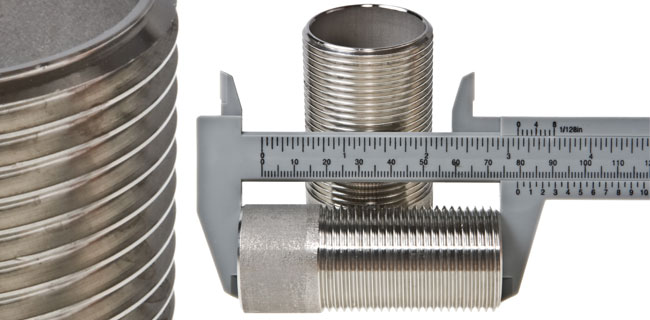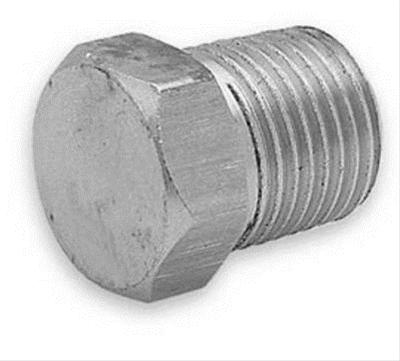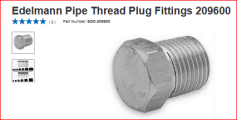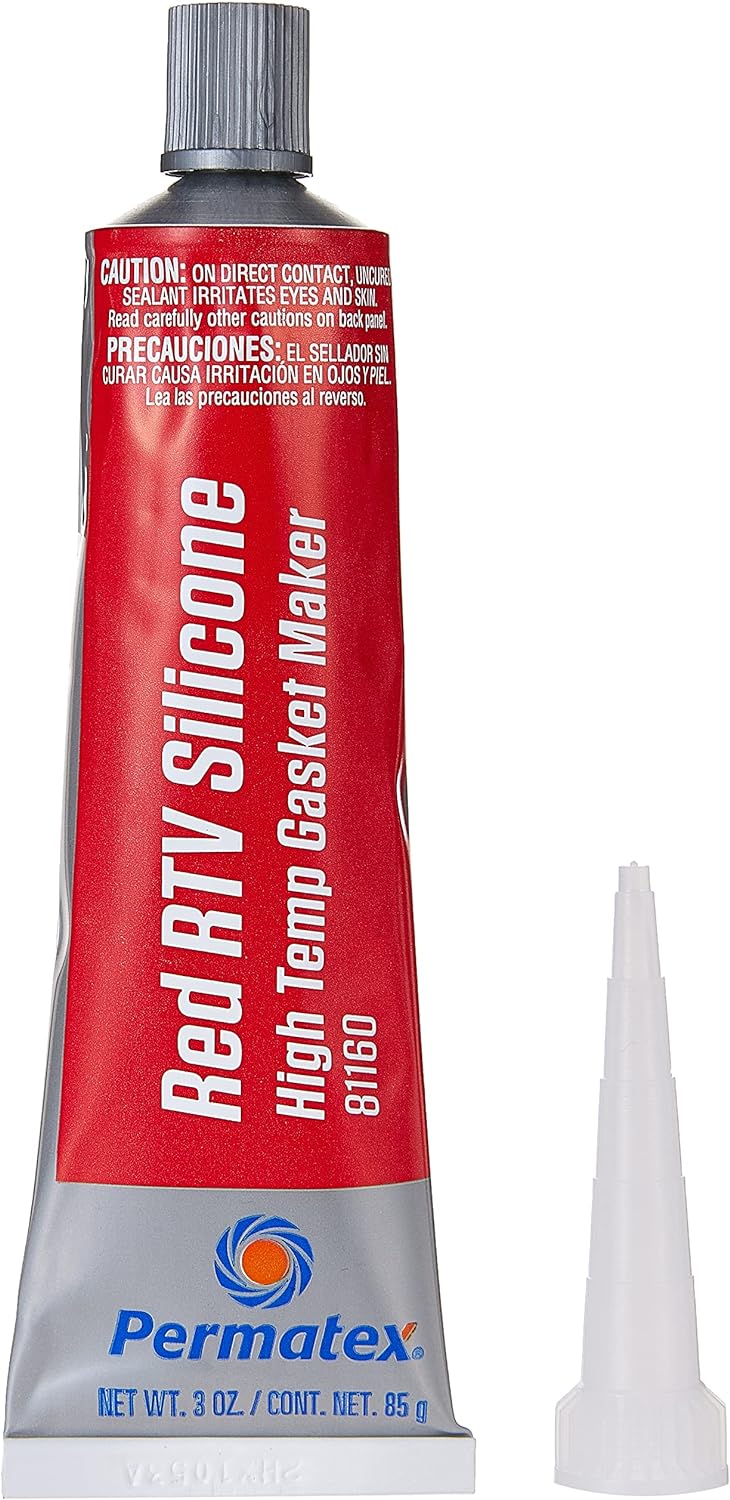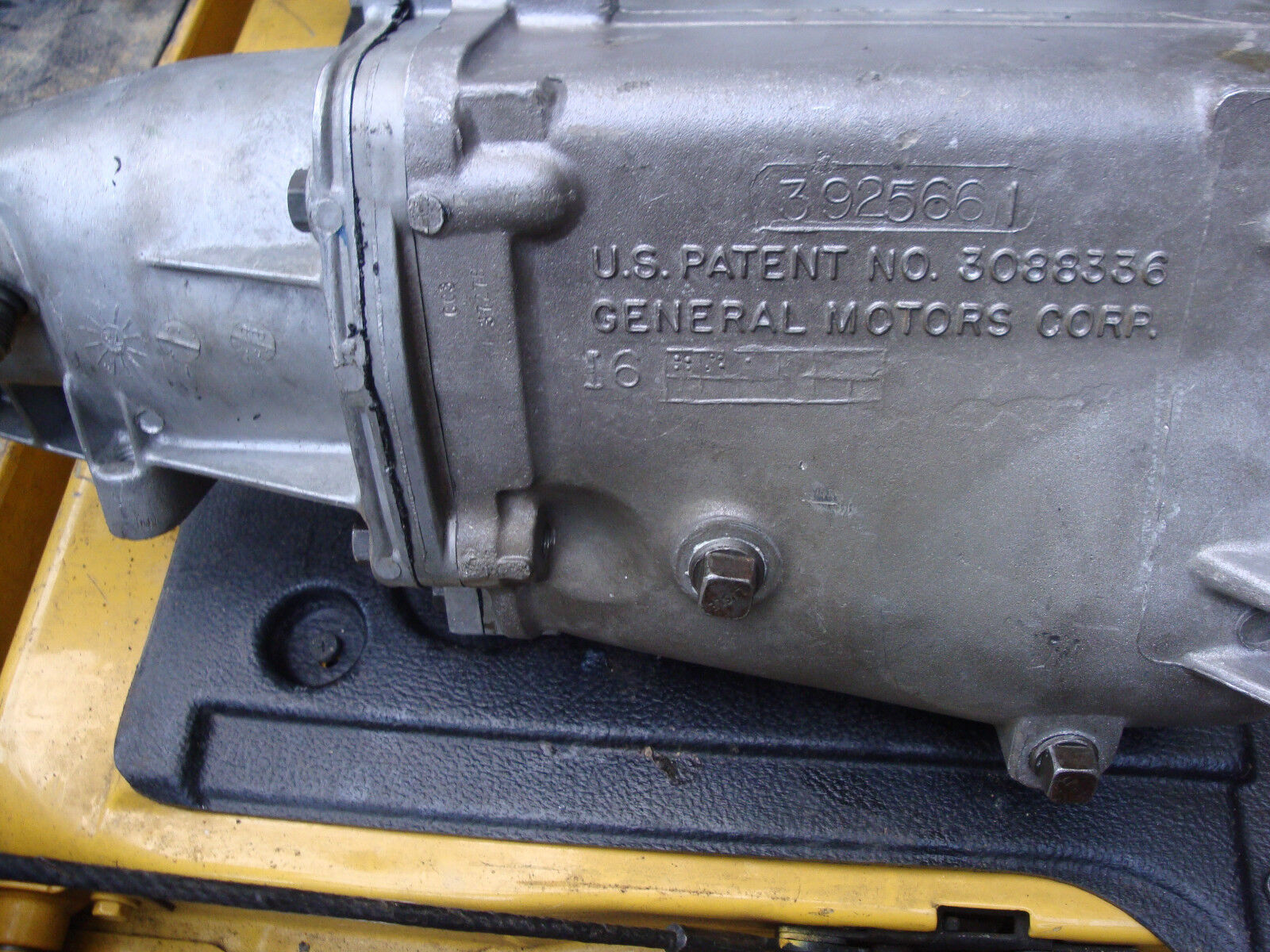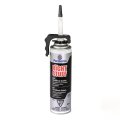they make specific square plug transmission plug sockets ,
with slightly tapered sides that get tighter as they are pushed on deeper on the plugs
and generally if you use a propane torch to heat the plug a bit then soak the threads in a 50%/50% mix of MMO or trans fluid and acetone to rapidly cool it,
repeated several times they are much easier to remove
(don't set the car on fire residual acetone/oil mix you use to loosen threads, will light and burn so use sparingly)
I generally spray off area well with spray bottle of water and dawn dish soap between EACH,
mmo/acetone threaded plug bath and torch applications

with slightly tapered sides that get tighter as they are pushed on deeper on the plugs
and generally if you use a propane torch to heat the plug a bit then soak the threads in a 50%/50% mix of MMO or trans fluid and acetone to rapidly cool it,
repeated several times they are much easier to remove
(don't set the car on fire residual acetone/oil mix you use to loosen threads, will light and burn so use sparingly)
I generally spray off area well with spray bottle of water and dawn dish soap between EACH,
mmo/acetone threaded plug bath and torch applications
got your fire extinguisher HANDY??
how many guys HAVE a CO2 extinguisher handy ? or for that matter ANY DECENT FIRE EXTINGUISHERS THAT ARE EASILY ACCESSED? an engine coughing back as you set timing or a bit of welding slag , a short circuit or defective battery connection, flammable solvents ,oily trash, sparks, all can be the...
garage.grumpysperformance.com

Last edited:




